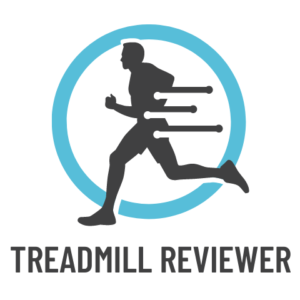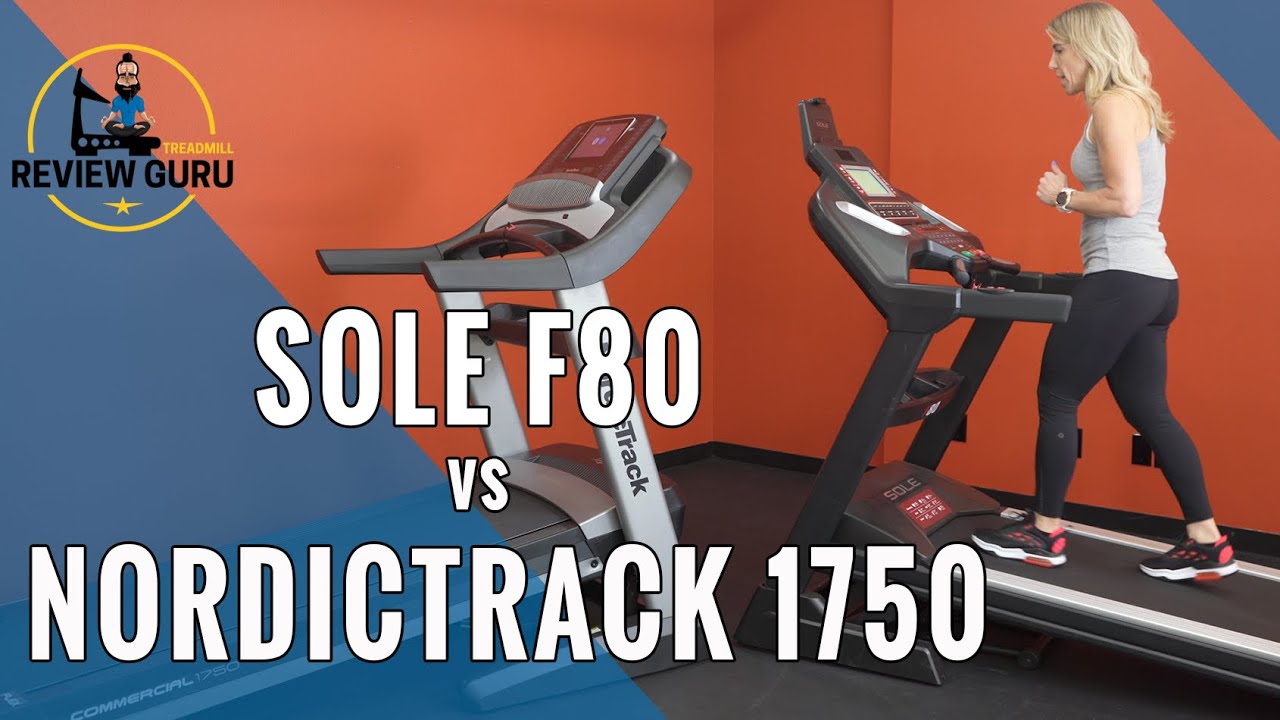Are you in the market for a new treadmill and can’t decide between the Sole F80 and the NordicTrack 1750? Look no further! In this comparison review, we’ll break down the similarities and differences between these popular treadmills to help you make an informed buying decision. From construction to features, we’ve got you covered. So sit back, relax, and let’s dive into the world of treadmills!
Table of Contents
- Construction Similarities and Differences between Sole F80 and NordicTrack 1750
- Incline and Decline Features Comparison: NordicTrack 1750 vs Sole F80
- Cushioning and Flexibility: NordicTrack 1750 deck vs Sole F80
- Q&A
- Key Takeaways
Construction Similarities and Differences between Sole F80 and NordicTrack 1750
The footprint on both the Sole F80 and the NordicTrack 1750 is very similar, with both measuring 82 inches in length. The NordicTrack 1750 is about 39 inches wide, while the Sole F80 is 37 inches wide. However, both treadmills offer the same belt size, providing 60 inches in length and 22 inches in width. The NordicTrack 1750 stands slightly higher than the Sole F80, especially when accounting for the tablet holder, making it about 63-66 inches high.
One key difference between the two treadmills is the incline and decline options. The NordicTrack 1750 offers a 15-grade incline and declines to negative three, providing a wide range of workout intensities. On the other hand, the Sole F80 also inclines to 15 but does not offer a decline option. Additionally, the step-up height on the Sole F80 is lower at about eight and a half inches, making it easier for individuals with limited knee flexion or hip issues to use.
Another notable difference is the cushioning system. The NordicTrack 1750 has more cushioning in the deck, with several large springs lining the sides to allow for deck flexion while running. Users can also adjust the cushioning on the 1750 by moving a bar on the deck. In comparison, the Sole F80 does not offer as much inherent cushioning, but it provides a more straightforward running surface without the need for adjustments.
Incline and Decline Features Comparison: NordicTrack 1750 vs Sole F80
When comparing the NordicTrack 1750 and the Sole F80, one key feature to consider is the incline and decline options. The NordicTrack 1750 offers a wider range of incline and decline options, with inclines up to 15 degrees and declines down to negative three degrees. On the other hand, the Sole F80 also inclines to 15 degrees but does not have the option for decline. This can be a significant factor to consider depending on your workout preferences and goals.
Another point to note is the step-up height of the treadmills. The Sole F80 has a lower step-up height of about eight and a half inches, making it easier to get your foot up on the treadmill, especially if you have limited knee flexion or hip issues. In contrast, the NordicTrack 1750 sits a little higher off the floor, which may be attributed to its incline and decline capabilities as well as the cushioning in the deck.
Speaking of cushioning, the NordicTrack 1750 offers more inherent cushioning in the deck compared to the Sole F80. The 1750 features several large springs that line the sides of the deck, allowing for more flexion while running. Additionally, you have the option to adjust the cushioning on the 1750 by moving a bar to either brace the deck for limited flexion or allow for more flexibility. This provides users with the ability to tailor the cushioning to their preferences and needs.
Cushioning and Flexibility: NordicTrack 1750 deck vs Sole F80
When it comes to cushioning and flexibility, the NordicTrack 1750 and Sole F80 treadmills both offer unique features that cater to different needs. Here’s a breakdown of how their deck designs compare:
– Cushioning: The NordicTrack 1750 deck provides more cushioning compared to the Sole F80. It features several large springs that line the sides of the deck, allowing for more flex while running. Additionally, you have the option to adjust the level of cushioning on the 1750 by moving a bar to either limit or increase flexion. This customization gives you more control over your running experience.
– Flexibility: The Sole F80 boasts a lower step-up height of about eight and a half inches, making it easier for individuals with limited knee flexion or hip issues to get on and off the treadmill. On the other hand, the NordicTrack 1750’s deck sits a bit higher due to its additional cushioning and spring system. While the Sole F80 does not offer a decline option, the 1750 inclines to a 15-grade and declines to negative three, providing a wider range of workout intensities.
In conclusion, the NordicTrack 1750 and Sole F80 both excel in different aspects when it comes to cushioning and flexibility. Depending on your specific needs and preferences, one treadmill may better suit your running style over the other.
Q&A
Q: What are the similarities between the Sole F80 and the NordicTrack 1750 treadmills?
A: Both treadmills have a very similar footprint, measuring 82 inches long with a belt size of 60 inches in length and 22 inches in width. They both also fold up for easy storage when not in use.
Q: What are some key differences between the two treadmills?
A: One major difference is the incline and decline capabilities. The NordicTrack 1750 inclines to a 15 grade and declines to a negative three, while the Sole F80 only inclines to 15 and does not have a decline option. The step up height on the Sole F80 is also lower at eight and a half inches, making it easier for users with limited mobility to get on the treadmill.
Q: Can you adjust the cushioning on the NordicTrack 1750?
A: Yes, you can adjust the cushioning on the 1750 by moving a bar either up against the deck to limit flexion or dropping it down for more flexibility. The deck of the 1750 has several big springs that provide more cushioning and flexibility compared to the Sole F80.
Q: Which treadmill has more power?
A: Both treadmills are very similar in terms of power, with the NordicTrack 1750 offering a bit more flexibility in terms of cushioning and incline options.
To Wrap It Up
In conclusion, both the Sole F80 and the NordicTrack 1750 treadmills offer a great combination of features and functionality. While they have some distinct differences in terms of incline options and cushioning, they both provide a solid workout experience for users.
If you’re in the market for a new treadmill, consider your personal preferences and needs when deciding between these two models. Whether you prioritize incline options, cushioning, or ease of use, both the Sole F80 and the NordicTrack 1750 have something to offer.
We hope this comparison review has given you some valuable insights to help you make an informed buying decision. Leave a comment below with your thoughts or questions, and don’t forget to like and subscribe to our channel for more treadmill reviews and comparisons. Thanks for watching!

